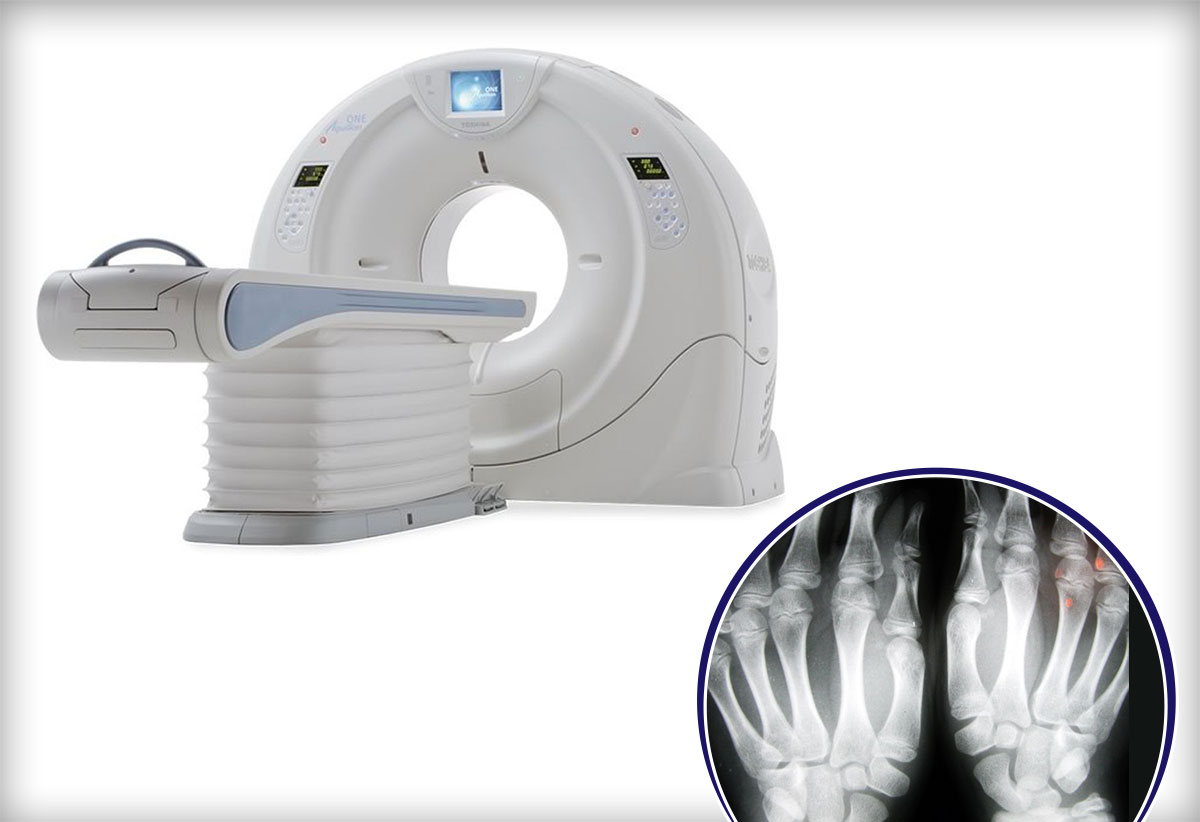How to Keep Your CT Scanner Compliant with New Standard for Radiation Imaging Dose Requirements?

We are all witnesses that the usage of CT scanners and nuclear medicine imaging for diagnostic purposes has made a boom in the past few years. Historically, in 1980 we could find 3 million CT scanners in the U.S. but that number in 2006 has dramatically increased. Nowadays, patients are getting more and more informed and educated about the possibilities that CT scanners offer. At the same time, they are also concerned about the effects of the increased radiation exposure. Medical professionals keep the amount of dose in a proposed level by the commission of radiation.
The radiation dose of CT is an area of concern which addresses to the diagnostic imaging requirements of the Joint Commission. Their perspective and regulations are revised in all accredited hospitals, private clinics, and other healthcare institutions.
It is good to know that all standards and proposed protocols have evolved and all that with the new recommendations of accredited professional associations and organizations. These new protocols are addressed to the point that diagnostic imaging is performed safely. Another very important thing that should be mentioned is that new standards cover MRI safety, testing and maintenance of the imaging equipment and devices, the inspections, the documentation of the CT radiation dose, training and education for the diagnostic CT technologist on radiation dose optimization, pediatric imaging, and the safe procedure of the CT device which has been used. Diagnosing imaging has far more regulations and protocols than any other medical area and it must be controlled by few security organizations such as American College of Radiology, CMS and finally FDA.
Balancing and the quality of radiation dose
Medical professionals know what the right radiation dose for every medical procedure. They know when they can reduce the dose because if they reduce the dose too much; they won’t obtain the quality they need. They explain the term the optimization of radiation dose which means that they are utilizing the minimal dose for a specific condition with a proposed piece of medical devices to produce a good diagnostic result.
There are three golden standards in this medical area. They are the following:
- The medical professional must be sure that the imaging equipment is working properly and conducting annually the evaluations of the performance of the imaging devices
- The staff that performs these procedures must be qualified and trained. This involves using a qualified medical professional
- The clinical administer must be sure that the medical professional he/she oversees is educated on optimizing CT radiation dose to support safe imaging and at the same time manage the potential risks in the MRI suite.
Keep your CT scanner in the right way with the new standards for radiation dose
Below are some tips on how a medical center could start to follow these new protocols which are addressed to the radiation dose:
- Analyze the exposure dose for all patients. Every medical organization must track the radiation usage in their center just to find out how big is the risk after patients and medical Those tracking results should be automated and upgraded according to new standards and protocols. This could be measured by a software-based technology system which would be a great investment of the medical center.
- Improve the clinical data access. It would be great to have access to the patient’s radiation dose history. This way the medical professionals would customize treatment which would be the best for the patient’s heal Since more patients are concerned about their risk of radiation, this would help them be more informed about their exposure to radiation.
- Manage the exposure dose for medical physicians. Medical professionals are also exposed to radiation dose when they perform this procedure for the patients.
- Avoid penalties with lower dose medical Some medical healthcare institutions are investing in low-dose imaging medical devices which could be beneficial for their long-term working period especially because more and more patients are going to lower-dose hospitals.
- Rely on the best offices to select scans. All radiology departments should work according to the protocols and standards set by American College of Radiol This way they would meet their criteria and at the same time, they would avoid every other complication. New technology systems account for every patient which is the right radiation dose according to their body size and age.
Summary
Patients are more and more included in their personal healthcare and they use a different type of sources to inform themselves about the procedure that follows. If a dose management program is implemented, this could help to meet today’s standards for radiation dose.

 SUBSCRIBE TO OUR BLOG
SUBSCRIBE TO OUR BLOG
